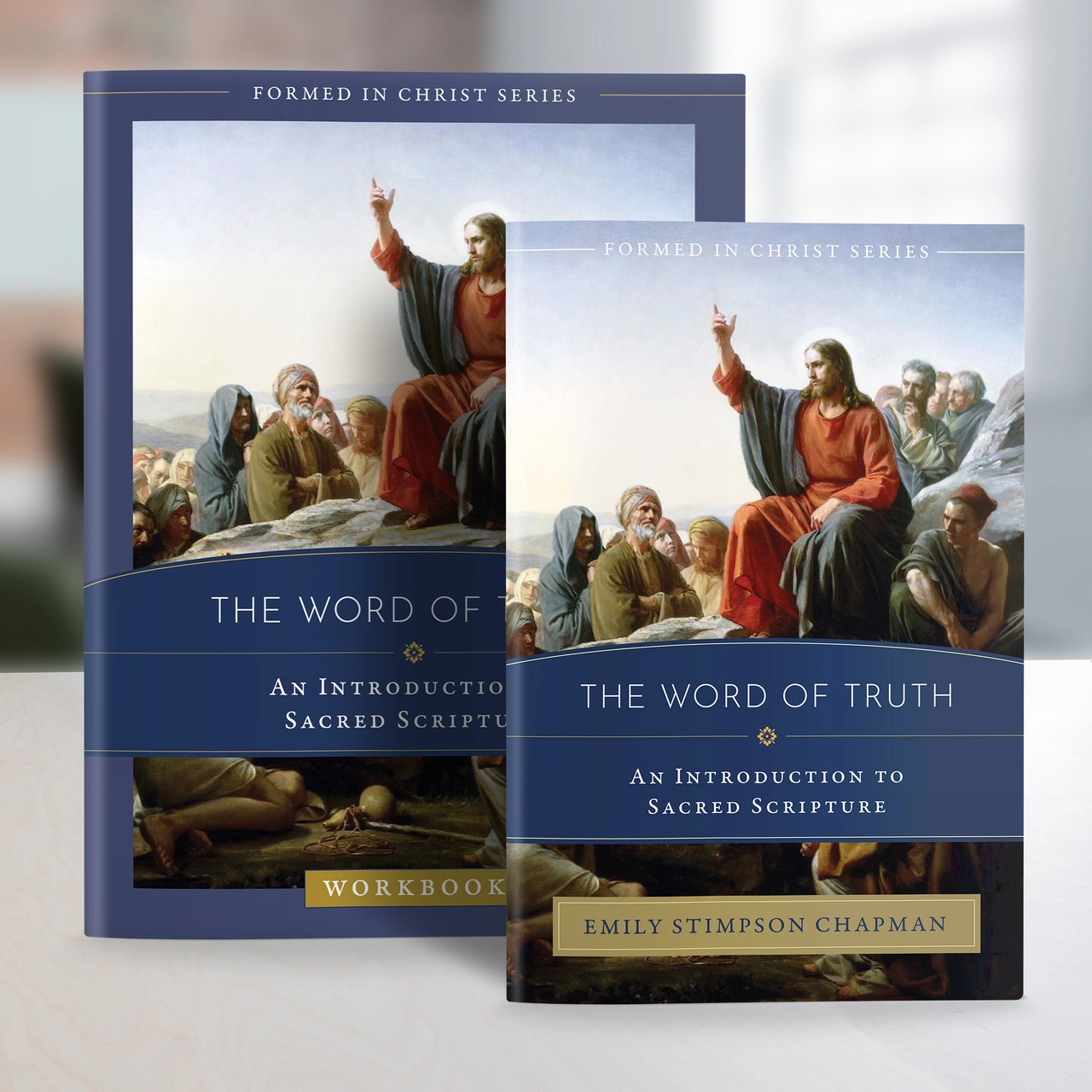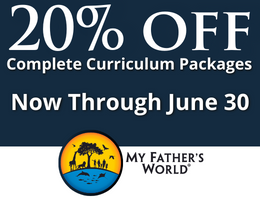The Formed in Christ series consists of 10 courses that can be used with students in grades nine through twelve. Students should complete two courses per year. The United States Council of Catholic Bishops has asked that students complete courses on six particular topics as the core curriculum for high school. Those topics are addressed in the first six Formed in Christ courses in the sequence below. TAN Books, the publisher, recommends that the courses be used as follows:
- 9th grade - Evidence of Things Unseen: An Introduction to Fundamental Theology
- 9th grade - The Word Became Flesh: An Introduction to Christology
- 10th grade - That You Might Have Life: An Introduction to the Paschal Mystery of Christ
- 10th grade - I Will Build My Church: An Introduction to Ecclesiology
- 11th grade - Do This In Remembrance: An Introduction to the Sacraments
- 11th grade - Christ Alive in Us: An Introduction to Moral Theology
- 12th grade - To Do Justice and To Love Mercy: An Introduction to Catholic Social Teaching
- 12th grade - A Light to the Nations: An Introduction to Ecumenism and Interreligious Dialogue
There are two elective courses that you might substitute for the two courses listed for twelfth grade:
- I Have Called You: An Introduction to Vocations
- The Word of Truth: An Introduction to Sacred Scripture
Each course consists of a textbook and a workbook. The first six courses include free access to a series of online video lectures—one per unit, but only when you purchase directly through TAN Books.
There are four to eight units per course, and the units are broken down into chapters, with 12 to 19 chapters per course. The elective course The Word of Truth has 19 chapters, but all of the other courses have 16 or fewer chapters. By completing one chapter per week, you should be able to complete two courses per year.
Textbooks
While the series addresses the topics the bishops require for high school, the courses (or just the textbooks) might also be read by college-age students and adults.
The textbooks have substantive and thorough content that is faithful to the teaching magisterium of the Catholic Church. The series was developed at the St. Paul Center (with which Scott Hahn is associated) and Emmaus Road Publishing, and the workbooks were created by TAN Books. TAN Books is now the primary publisher of both the textbooks and the workbooks. All three organizations are known for publishing resources that are orthodox in their teaching.
The textbooks include readings from Church Fathers (e.g., St. Augustine of Hippo and St. Thomas Aquinas), encyclicals, the Catechism of the Catholic Church, and other magisterial sources, as well as a few from modern Catholic authors. These readings are included in the textbooks. Almost half of the text in The Word Became Flesh textbook consists of such readings, but the proportion of these readings varies greatly in the other textbooks. The readings are certainly helpful, but be aware that some of them might seem long and dry to teens. The textbooks also include frequent quotations from the Bible with discussions about their meaning and applications.
Every chapter in the textbook has two sets of questions titled Questions for Review and Questions for Discussion. Typically, there are five review questions and three discussion questions.
Many chapters list assigned reading at the beginning, and those assignments are usually from the Bible or the Catechism of the Catholic Church. (I spotted one assigned reading from The 1983 Code of Canon Law in Do This in Remembrance.) The assigned reading is very helpful. However, after I read through a few chapters in different textbooks in this series, I concluded that the assigned reading isn’t absolutely essential since key points from the reading are included within the chapters themselves. I didn’t find any questions that couldn’t be answered by referring only to the textbook. Nevertheless, the extensive references to the Bible within the text and the assigned Bible reading both work together to help students become familiar with the Bible itself as well as its story of salvation history.
The textbooks address practical life applications for what students are learning, so while they present a lot of “head knowledge,” they also address the “Why do we need to learn this?” challenges of students. The discussion questions are probably the most useful element in the course for moving students beyond head knowledge. For instance, on page 161 of The Word of Truth, one of the discussion questions reads, “Which of Jesus’s teaching are you most attracted to? Why?” In The Word Became Flesh, page 119 presents the question, “God allows us to choose whether we will love him or not. What do you think this says about God?” These are both typical of most of the discussion questions.
At the end of each textbook is an appendix titled “Challenges.” This section presents major objections people might raise in regard to the topics taught in the textbook, then provides an extensive response to each objection. The Challenges are intended to serve as preparation for apologetics.
The textbooks were written by various authors, but Emily Stimpson Chapman authored some of them and edited all of the others. This is probably the reason why the tone and level of difficulty of all the textbooks are quite similar.
Workbooks
The workbooks are not absolutely required, but they are very helpful for homeschoolers. They repeat the two sets of questions in the textbook, allowing space for students to write out answers to the review questions. For each chapter in the textbook, the workbooks add a memory verse, a short list of key terms (with space to write descriptions or definitions), a quiz of five to ten questions (multiple-choice, true/false, and fill-in-the-blanks), and a section titled Essay Topics / Further Study that presents three to six questions that require either essay responses or research and writing. You can assign one or more of these at your discretion.
A final exam follows the workbook activities, and the rest of each book is your answer key.
The answer key has answers for the review questions, the chapter quizzes, and the final exam. There are no suggested responses for the discussion questions, but most of them are subjective and can be discussed without parents having to have read the chapter. (See the two examples above.)
Students can read and work independently through everything except the discussion questions. Parents need to check student work, but it should be an easy course for homeschooling parents to administer.
Summary
The Formed in Christ series is likely to appeal to students who are already committed to their faith and want to learn more. And parents might choose to read the textbooks for their own edification as well.























